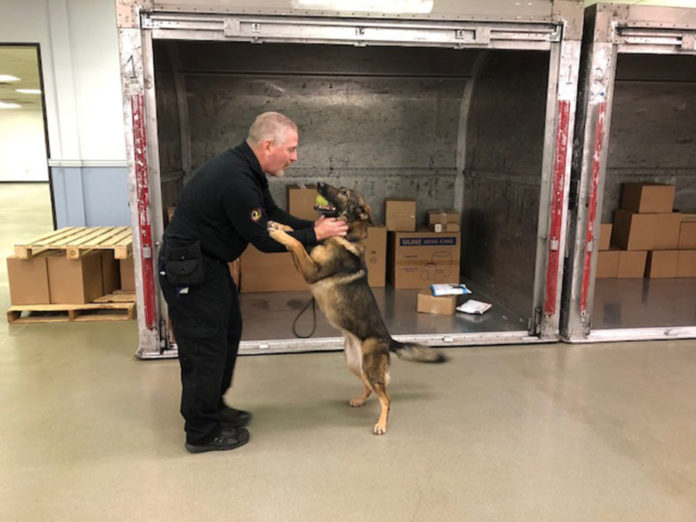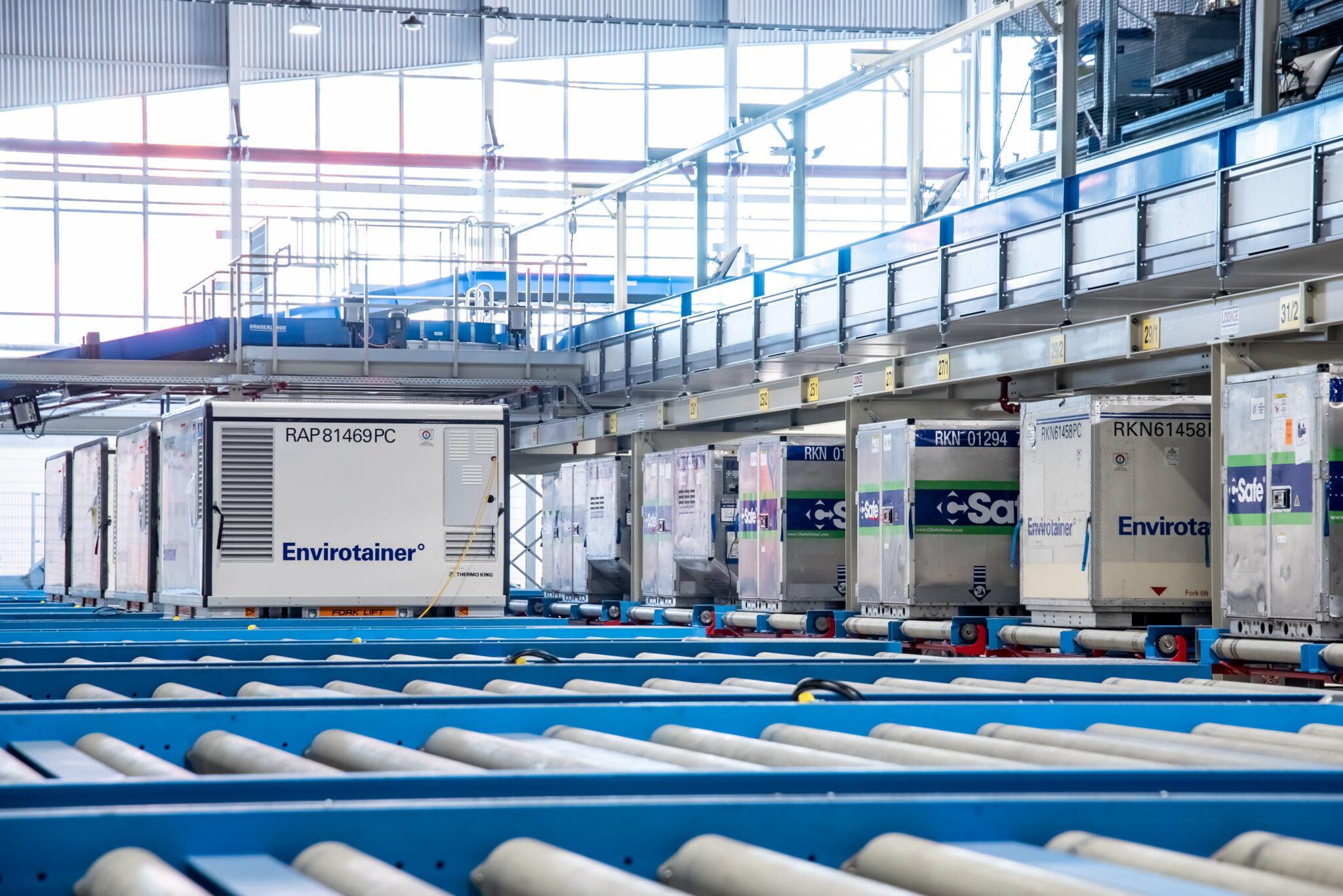

The Third Party Canine Cargo Program (3PK9) will allow third party providers to certified canine teams to screen cargo under the Certified Cargo Screening Program, and MSA Security says demand for well-trained dogs will grow.
The New York City-headquartered global security firm, which was founded in 1987, says being able to work in a Transportation Security Administration (TSA) environment will increase demand for the dogs as they are “exponentially” more efficient at screening cargo than traditional methods such as X-ray or trace detection.
MSA is well prepared for the program, saying: “MSA has been providing services to screen cargo for the past 10 years in the unregulated space. Since TSA is moving forward with 3PK9 providers, MSA has enhanced its training methodology and increased deployment in preparation for certification.”
Its Windsor Program consists of four phases of training – breeding, socialisation, imprintation and training in the operational environment.
Breeding and socialisation are very important for a successful detection canine, with MSA saying: “MSA works with service dog organisations to make sure our dogs are comfortable in different types of environments and are accustomed to noises, people, and high activity.”
For imprintation, dogs are trained on 32 commercial and military grade explosives as well as homemade explosives. As for training, getting them used to their operational setting ensures they have experience in a specialised environment.
MSA says: “We train our air cargo teams using ULDs, cookie sheets, pallets, and so forth.”
Sporting and herding breeds are MSA’s preferred dogs, including Labrador Retrievers, Golden Retrievers, German Shepherds and Belgian Malinois. To ensure the most appropriate dogs get selected, MSA sources them from well-qualified organisations who raise service and work dogs.
MSA says: “MSA gets dogs between 12 and 24 months of age, once they have completed the breeding and socialisation phases of training. This is in phase one and two of training as they are bred and socialised. Imprintation and operational preparedness occur in about 90 days, depending on the individual canine.”
MSA looks for certain qualities in a dog, a high energy, play drive, social and environmental soundness and the drive to please are all traits to a good sniffer dog.
The company adds: “MSA has a single handler philosophy that enables the handler and its canine to bond. By strengthening the bond between the canine and handler, the canine is more driven to please the handler, and the handler is better accustomed to minute changes in behaviour.”
All of this work helps to utilise the sensitivity of a dogs nose; MSA says a canine nose is 40 times more effective than a human nose thanks to having 300 million olfactory receptors.
As an example, MSA says: “Where a human may walk into a kitchen and detect that pasta sauce is cooking on the stove, a canine could walk into that room and detect tomatoes, onions, celery, oregano, salt, pepper, and every individual component.”
All of these skills make canines ideal for sniffing out threats to air cargo. MSA says: “They have been conditioned to do so over centuries of evolution. It is our job as humans in the detection world to make sure this natural ability is utilised in the most effective manner.”












